With the increasing demand for foot scanning in custom shoes, insoles, and foot health management, the use of foot scanners has become increasingly important in podiatry, sports rehabilitation, and the footwear industry.
What is the function of a foot scanner?
How does the principle of a foot scanner differ from laser in a podoscope?
A foot scanner is mainly used to scan foot shape and generate information such as foot length, foot width, instep height, arch height, toe spacing, and ankle shape.
Foot scanners provide data support for custom shoes and orthotic insoles, allowing the produced shoe lasts or insoles to fit the foot shape more closely, increasing comfort and support.
Compared with using rulers for measurement or manual molding, scanners can collect data more comprehensively and accurately, eliminate human errors, and more easily capture subtle differences in foot shape.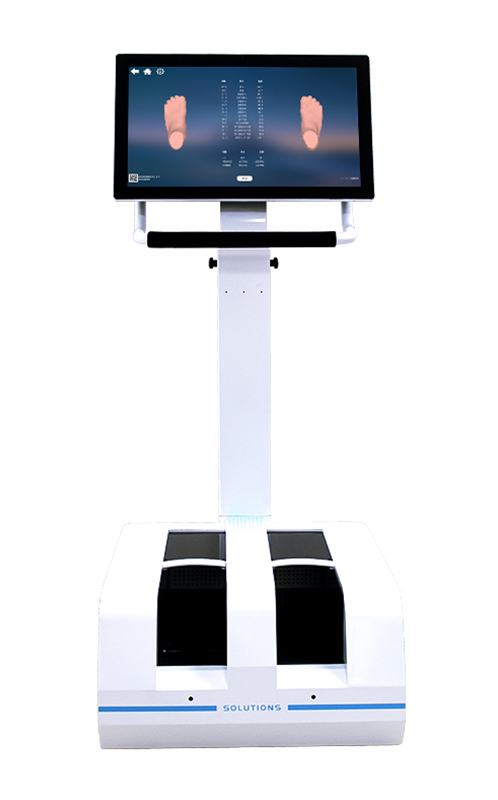
Foot scanners can also be used for foot disease screening and foot shape analysis.
After scanning, doctors and rehabilitation specialists can observe the arch height, instep curve, and toe arrangement from the three-dimensional or two-dimensional foot shape data to detect minor abnormal foot shapes.
This is suitable for scenarios such as monitoring children’s arch development, elderly foot health management, and rehabilitation training plans. The scanned foot shape data can be saved, compared, and tracked, facilitating long-term foot shape management and intervention.
In addition, foot scanners can be applied in foot measurement, custom shoes, and sports shoe design. The digital foot shape model generated by laser scanning can be directly applied to shoe last design or insole printing, making large-scale production and customization more convenient.
Designers can optimize shoe curves, arch support, and internal space based on foot shape data, making the shoe design more ergonomic while enhancing comfort and functionality.
Laser scanning has many advantages over a podoscope.
A common podoscope usually observes through translucency or a mirror, judging foot shape based on footprints or foot impressions.
It is convenient to operate and low-cost, but the measurement is inaccurate, the information is limited, and it is restricted by human observation factors. In contrast, laser scanning works by projecting a laser beam onto the foot, and the scanner (sensor) records the reflected or blocked light to generate accurate digital foot shape data.
Compared with a podoscope, laser scanning can obtain details such as arch height, instep curve, and toe spacing that were previously difficult to achieve.
Furthermore, laser scanning is non-contact, fast, and hygienic. The sole does not directly touch the device, avoiding compression and discomfort. When using a podoscope, the foot must be in contact with the device or the footprint must be observed, which limits both the experience and accuracy.
Foot scanners have wide applications in foot shape measurement, foot disease screening, custom shoes, and rehabilitation medicine.
Compared with a podoscope, the laser principle significantly improves accuracy, provides more information, enables more scientific screening and analysis methods, enhances the user experience, and improves safety. Foot scanners are gradually becoming an indispensable tool in personalized footwear, rehabilitation, and foot health management.

 +86-0755-86131192
+86-0755-86131192 2025-09-28
2025-09-28 Back to list
Back to list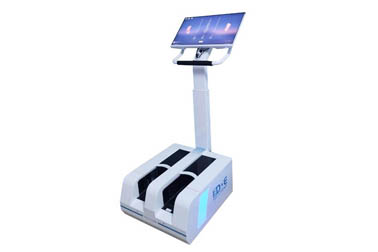
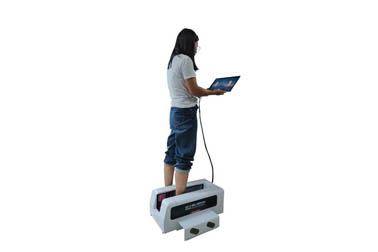
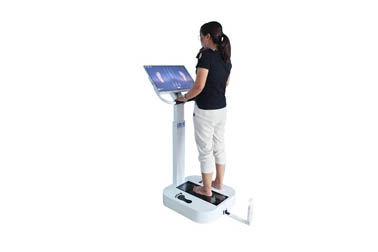
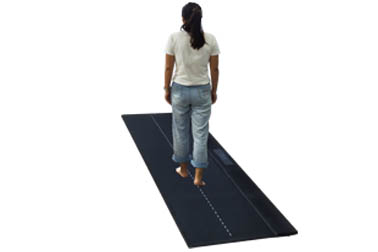
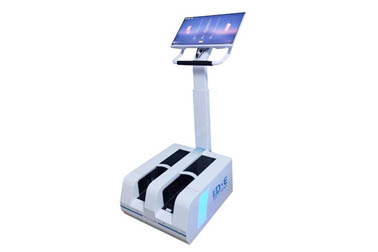
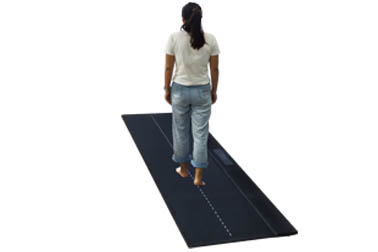



 +86-0755-86131192
+86-0755-86131192